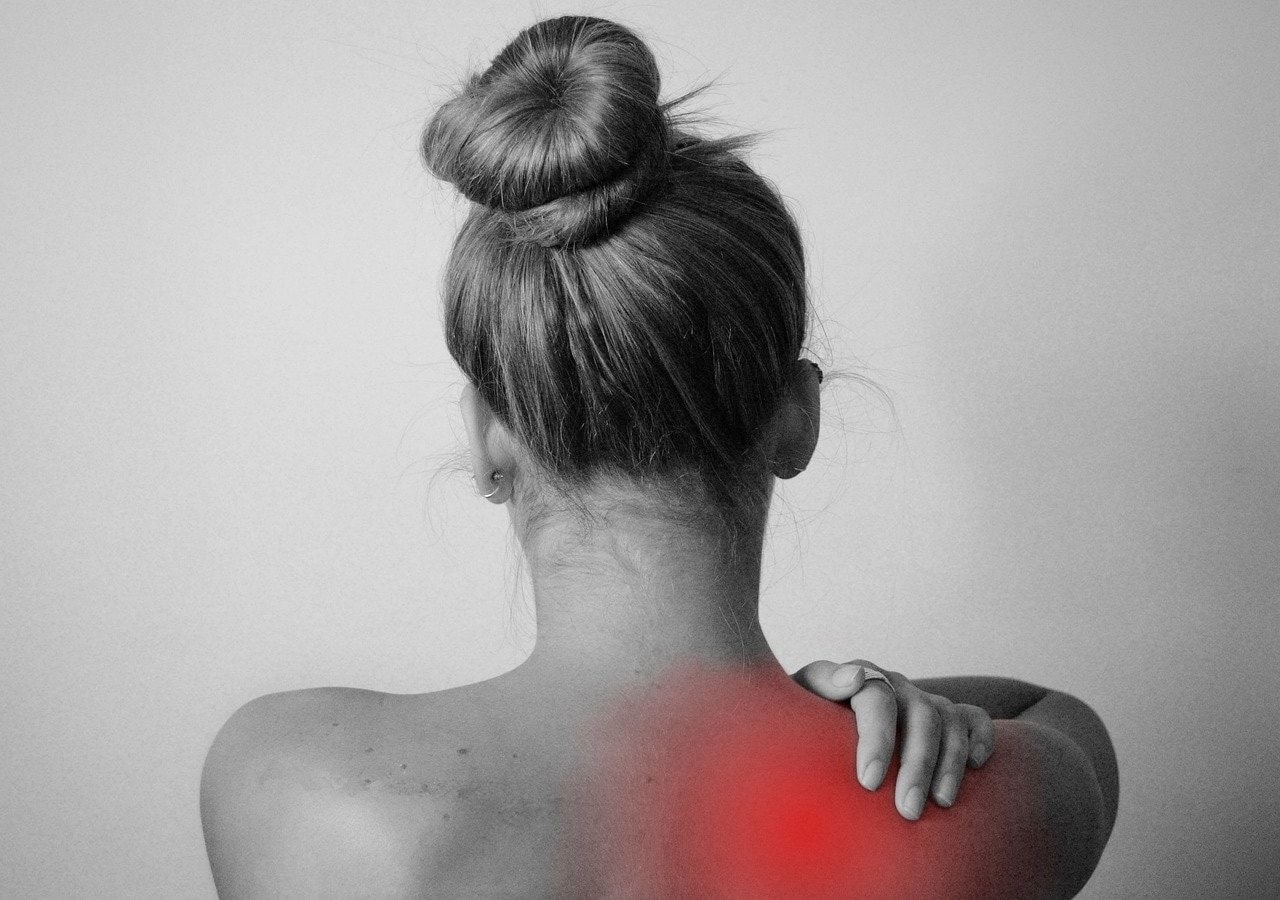
The search has long been on for a drug that will be the answer to all human ailments – from diseased skin to cancer. Currently, a new proposal has emerged: treatment with red light. Is it really a great breakthrough?
Red light therapy (RTL) is a controversial therapeutic technique that uses low-level waves of red light to treat skin problems such as wrinkles, scars, and stubborn wounds, among others. In the early 1990s, the therapy was used to help plants grow in space. Researchers noted that strong light from red light-emitting diodes (LEDs) helped plant cells grow and photosynthesize. They then investigated red light for potential use in medicine, specifically to find out if RLT can increase energy in human cells.
When RLT is used with photosensitizing drugs, it is referred to as photodynamic therapy. In this type of therapy, light serves only as an activating agent for the drug. Current attempts to use this include
It is believed that red light works by producing a biochemical effect in cells that strengthens mitochondria. Here they become something of a powerhouse for cells – it is where the energy of the cell is created
When mitochondrial function is increased with RLT, the cell can produce more ATP
The more energy the cells have, the more efficiently they can function, which translates into rejuvenation and repairing damage.
RLT differs from laser or intense pulsed light therapy because it does not damage the surface of the skin. Laser and pulsed light therapies work by causing controlled damage to the outer layer of skin, which in turn triggers tissue repair. RLT bypasses this difficult step by directly stimulating skin regeneration. The light emitted by RLT penetrates approximately 5 millimeters below the skin’s surface.
Many studies have produced promising results, but the benefits of red light therapy continue to be a source of controversy. The Center for Medicare and Medicaid Services (CMS), for example, has determined that there is not enough evidence to show that these devices are better than currently existing treatments for wounds, ulcers, and pain.
Additional clinical trials are needed to prove that RLT is effective. However, there is currently evidence to suggest that RLT may have the following benefits:
On the other hand, among the things that experts have serious doubts about are:
Source: pixabay.com/Tumisu